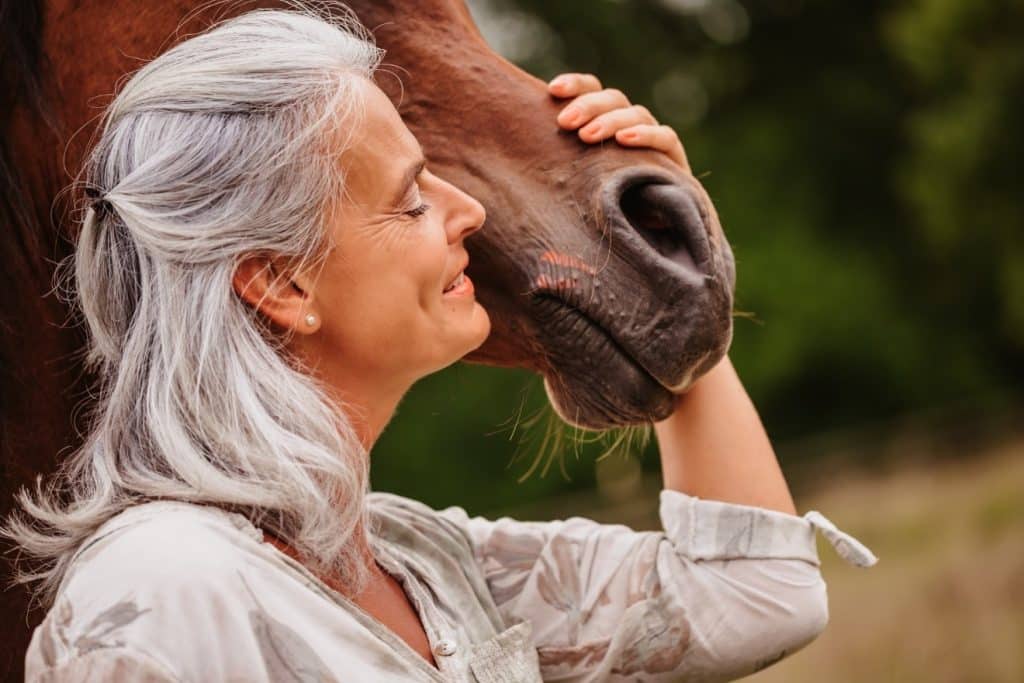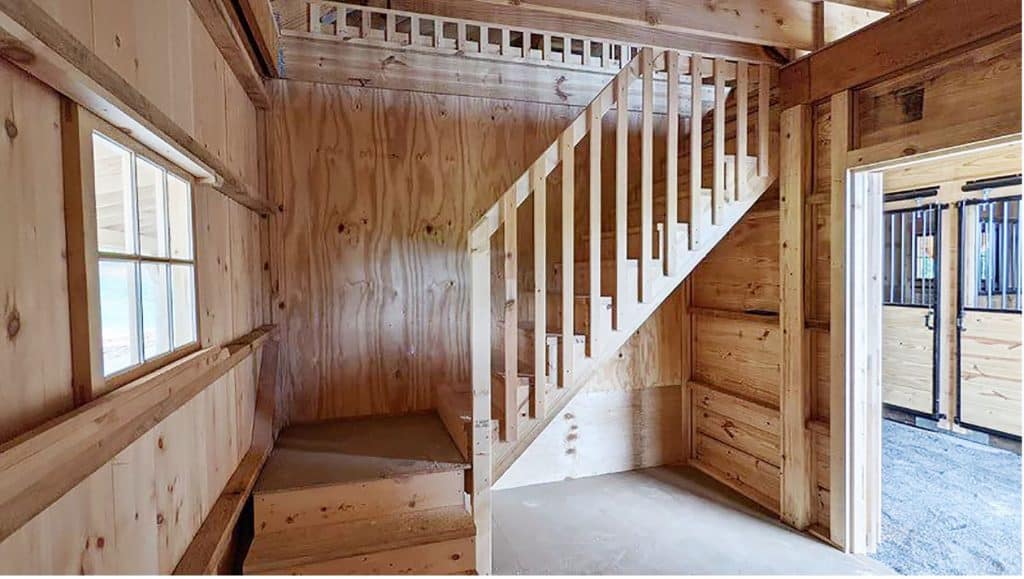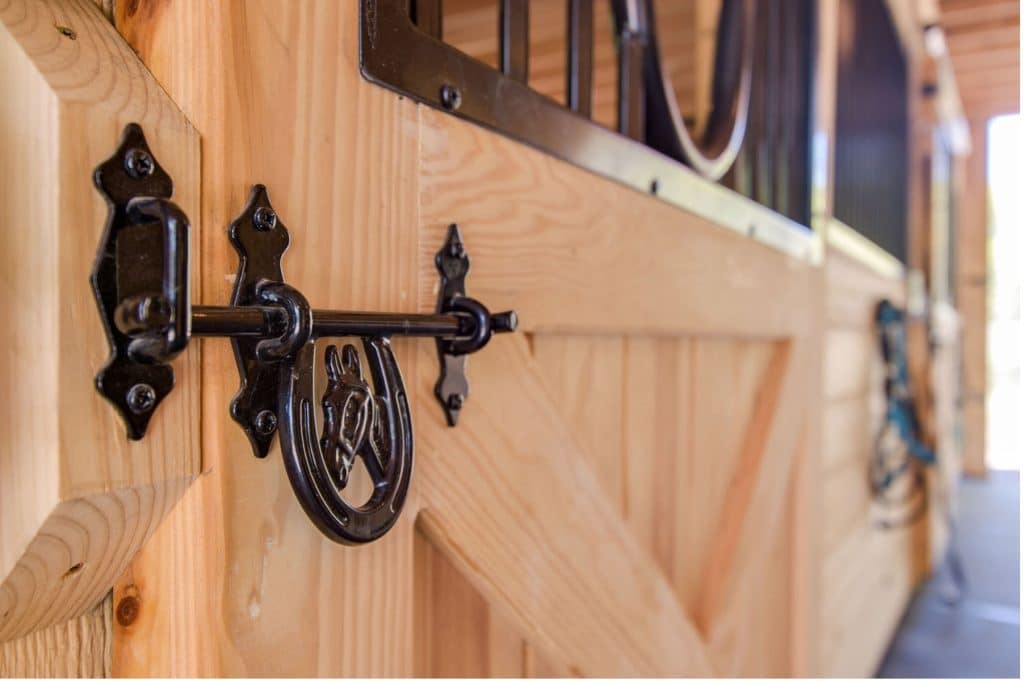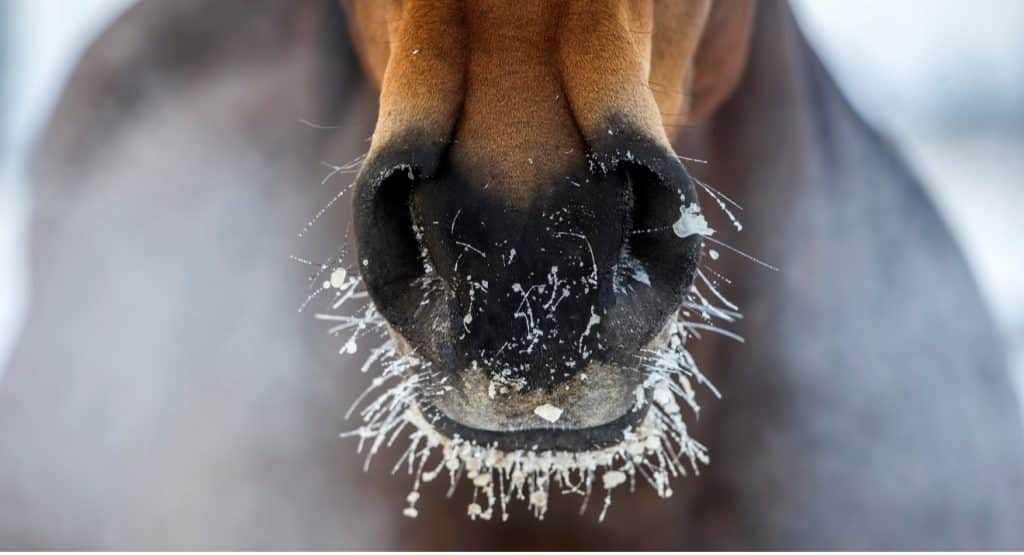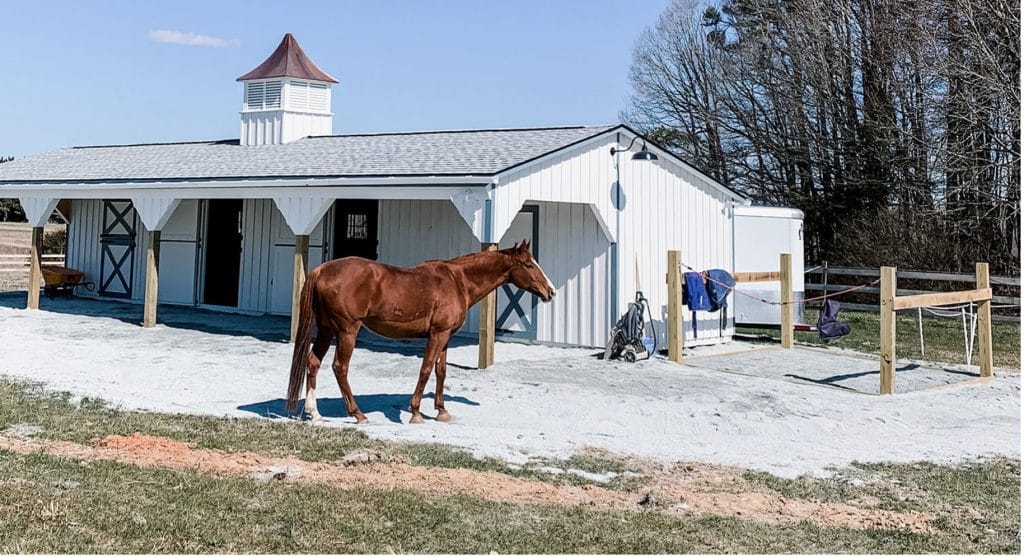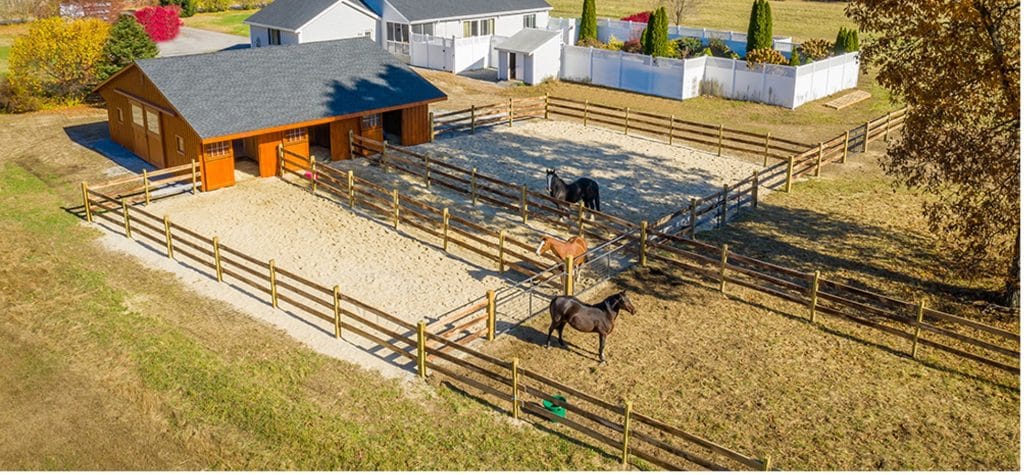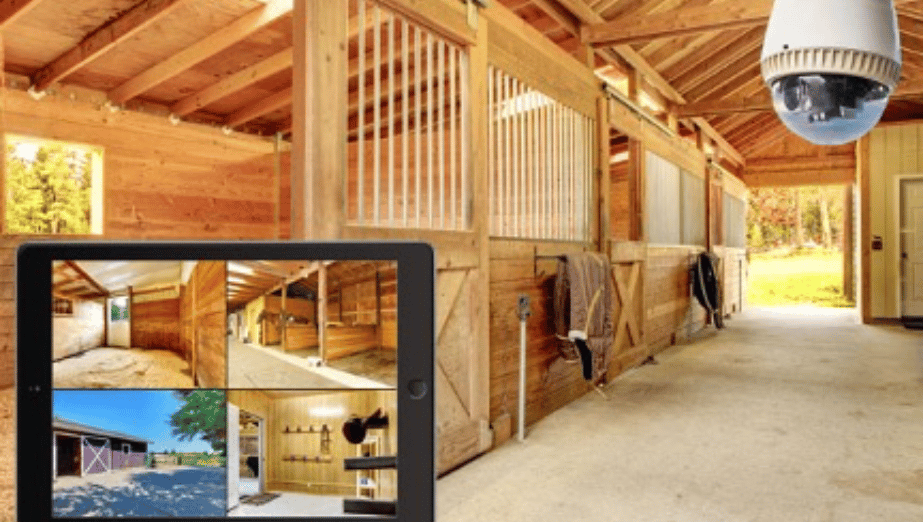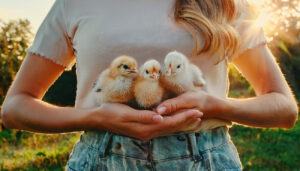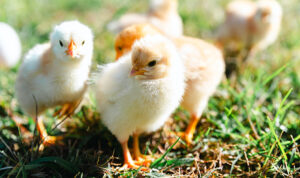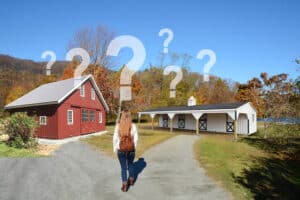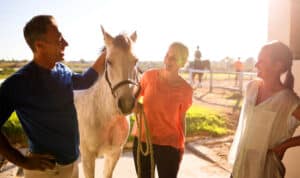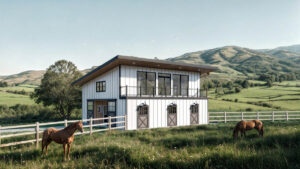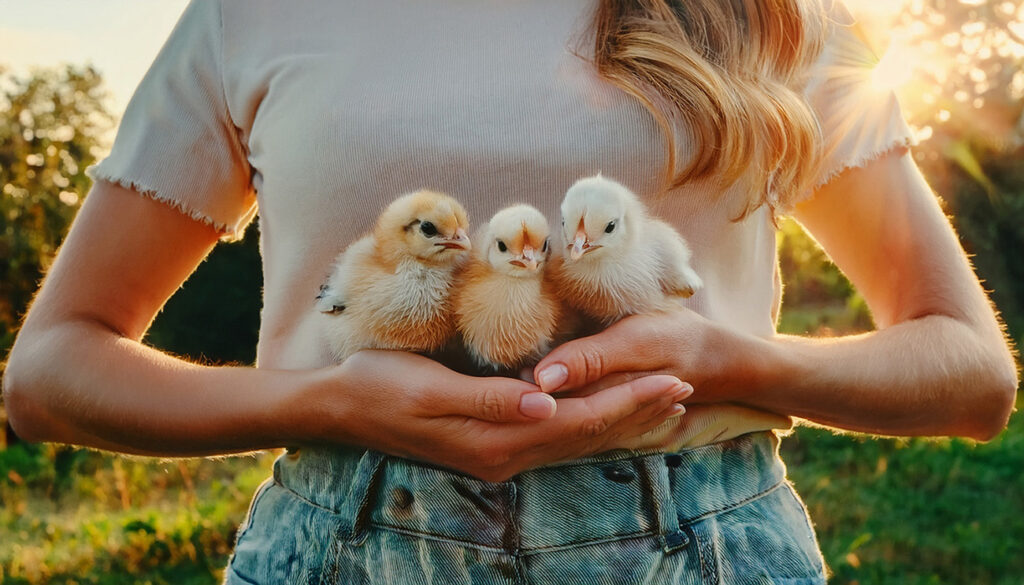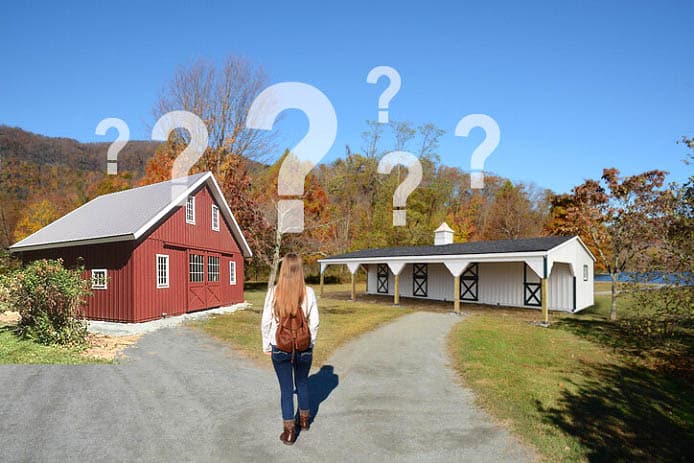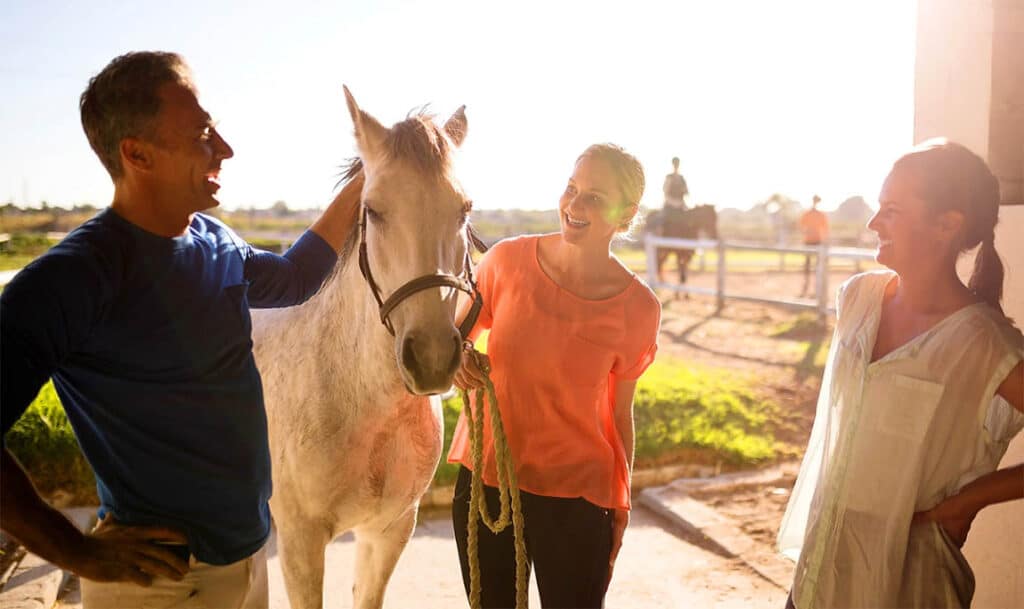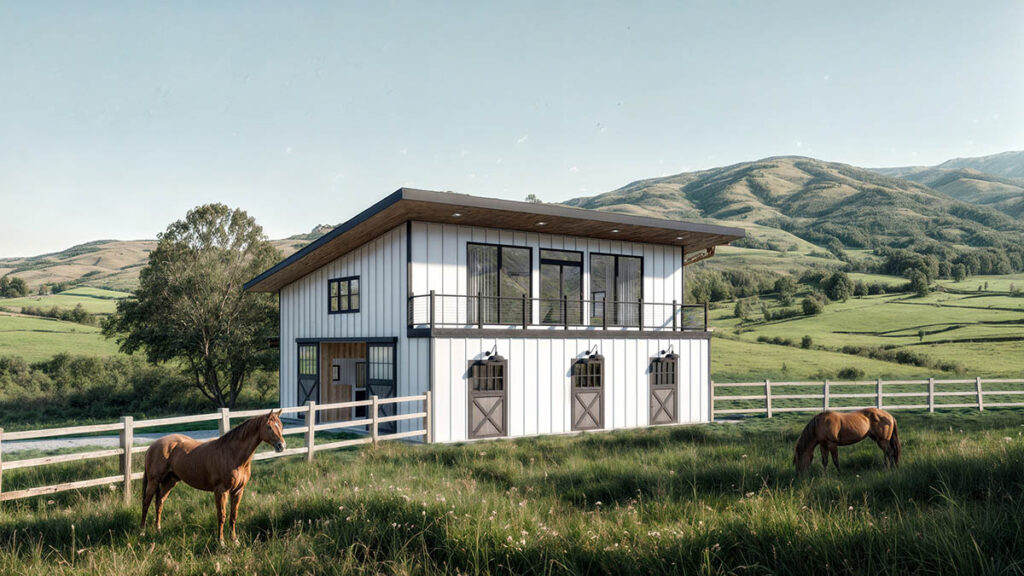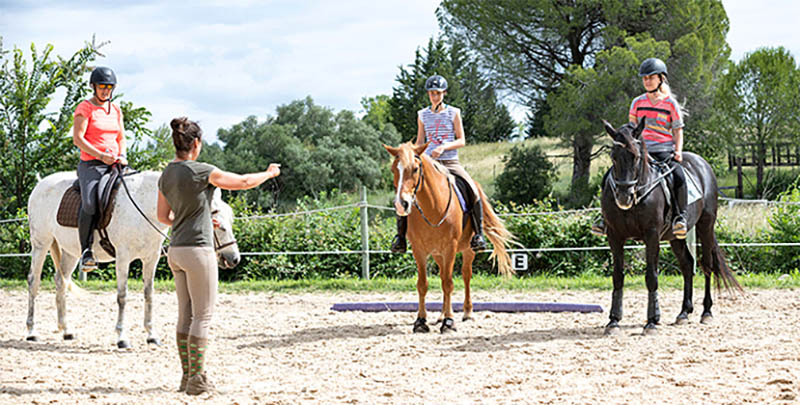As most folks know, barn design should always incorporate fit and function as well as aesthetic appeal. But a factor that is often overlooked is that of how details of design can be mapped out to make life easier on both aging horse and human.
The passion for horses often lasts a lifetime, both yours and that of your equine partner. Old age creeps up on all of us – well at least those of us lucky enough. It certainly beats the alternative.
But along with growing older comes an almost inevitable plethora of challenges. Health and financial are two key arenas where the horse owner finds themselves increasingly mindful. For the horse age-related issues might not include the bank account, but health care of the vintage horse often requires special needs such as limited turn-out, dry lots and the like.
Here are some tips to help horse owners plan their barn designs for their senior lifestyle and that of their beloved equine family.
Stay Grounded
Groundwork takes on a different meaning as you grow older and complete tasks around the horse yard. When it comes time for heavy lifting of hay or other essential supplies to the barn loft or access to overhead storage areas, the wall ladder may become increasingly difficult to navigate.
Bending and lifting the hay hatches in the loft floor may be too strenuous a task to contemplate, and tack room cabinet handles and step ladders needed to clean windows may be too high to comfortably reach.
In the barn building plans consider the provision of a staircase with steps that are not too steep but meet regular building code requirements. The stairs need to be wide enough that if a vintage horse rider slips when descending the staircase their legs do not become entrapped in the railings or banister. A sturdy build with a hand railing on each side can add an additional layer of safety. Hay hatches may be fitted with hydraulic hardware to aid in lifting.
The initial barn design could include storage locations at ground level in extra stall spaces with a separate building located nearby for delivery and storage of the bulk of the hay supply rather than in a loft space.
The allotted space can be periodically resupplied with hay by others or movement/distribution of hay from a separate storage building can be made by vehicular means such a UTV or side-by-side unit.
The cabinets above counters in tack rooms can be placed to the lowest allowed location by building code, and hardware can be mounted across the base of the cabinets to allow easier reach.
Windows should be easy to operate from the ground without the need for a step ladder.
A caregiver that stays ‘grounded’ is less likely to be hurt or injured completing daily horse care tasks.
Gnarly Nifty Hacks
As we age, we generally become physically weaker and along with less strength conditions such as arthritis may haunt us too.
Barn doors that you once found slid open easily may now feel cumbersome. Latches on tack room cabinets or stable doors may be difficult to open due to arthritis.
When you build your barn consider the weight of the doors as well as how smoothly they open. For example: Instead of wood doors the use of metal doors may lighten the load.
Ensure the hardware throughout the barn including stall doors is large and well-finished enough to be simple to operate without the need for strength to combat spring loaded actions or the need to fiddle or grip tightly.
Minimize Maintenance and Maximize Access
The use of ladders to clear gutters or make rooftop repairs are just one of the hazards that increase in risk as we age up and almost inevitably our balance and strength is not what it once was – climbing ladders and clambering over roofs should not be on our ‘to do’ lists. Neither should heavy snow lifting by hand with shovels, putting together and utilizing scaffolding to reach chandeliers that need dusting in the aisle or siding that needs repainting or repair.
When designing the horse barn choose low maintenance on brand products with good warranties that are proven to minimize maintenance in the future.
Pathways from parking or house to the barn should be finished for the use of easy mechanical plowing methods such as snow throwers, and access areas to pastures and driveways kept free of obstacles and large enough that a snowplow can be brought in to remove snow if necessary.
Expensive options such as radiant heated exterior pathways and interior floors or heated tack rooms and office spaces, or fully heated barns and the like are all possibilities if the budget allows.
Temperature Swings
As age increases both horse and human find extreme temperature swings more difficult to cope with due to the physical challenges that heat and cold present.
This is for several reasons: Older aging horses and humans generally have less fat layer beneath their skin to keep them warm; metabolic rates decreases with age; chronic health issues make management of temperature fluctuations harder to manage such as heart conditions that are stressed by the need to pump more blood to the skin surface to cool the body.
In terms of barn design the addition of an insulated roof and walls, installation of commercial grade fans for cooling need, passive and mechanical ventilation such as cupolas and electric fans in cupolas are all areas where forethought can help mitigate issues with temperature control during extreme temperatures or errant temperature fluctuations.
Tasks Take Longer
Completing mucking out, watering, and grooming tasks may take longer as we age. Our safety while executing them may depend on how steady we are on our feet and how much time we can allow to take frequent breaks for a brief respite.
The inclusion of automatic watering systems can eliminate the need for lifting heavy buckets filled with water, but the mucking out task will always be part of the daily horse-keeping chores where stalls are provided.
Consider the benefits of the Dutch door on the exterior wall of each stall with an overhang for added shelter for the resident equine, with a center aisle barn design where the caregiver can stay out of the sun and rain the entire time horsekeeping duties are being completed.
If each stall is designed with an adjacent outside paddock or dry lot area, the stabled horse can easily be let out each day or have free in/out access most of the time, allowing the caregiver maximum flexibility in feed times and mucking out routines. Hay might be provided in an equine feeder (a great way to save on hay wastage and hence hay expenses which is especially important for those on a fixed income).
This timeline flexibility is valuable for the horse owner who may then choose to complete barn work during the cooler or warmer periods of the day according to their preference. As we grow older, we all feel temperature extremes more acutely.
An added safety bonus of the exterior door set up, is that horses can be locked outside the barn while mucking out tasks are completed without their presence. Horses access to stalls can also be limited to minimize both the expenses of bedding and the amount of labor required to muck them out.
Stalls fitted with front stall wall hatches for hay and grain feeding can save the need to open a stall door at times when the horse is likely excited and negates the associated risk that a pushy equine takes advantage of the moment the door is opened to escape its confines.
The use of Dutch doors can also limit the amount of time and risks associated with handling horses for turnout. For the older vintage horse rider and equine caregiver, the necessity to bring horses in and out of pastures especially where snow or ice conditions exist is a high-risk event. And for the older horses that are not as lithe and limber as they were in their youth, the need to navigate long distances with poor footing can be minimized.
Consider The Horse Of Course
Just as people develop diseases such as Type 2 Diabetes and other metabolic disorders, nerve diseases, sight, or hearing loss etc. horses are also likely to suffer the consequences of illness and infirmity of the aging process.
Freedom of movement with in/out stable access can mitigate arthritis issues and a dry lot or limited pasture arrangement can help with issues such as PPID/Insulin Resistance and Cushing’s disease.
The installation of rubber mats in stalls can also improve the comfort for horses with laminitis prone feet or arthritic joints and save costs on bedding.
A separate ‘Jenny Craig’ dry paddock that is well fenced and readily available for special use during any laminitis flare up or weight management need is a useful space on any horse property. Placing it close to the barn can help keep the horse quieter and allow it to feel more secure, while also limiting the distance that the horse and handler are required to navigate to go to and from the barn. It can also be used as a quarantine space in times of need.
Keeping a horse suffering loss of sight in a smaller area without a change of location can help it cope with its condition.
Site Your Barn In Sight
While it is important to visit and check horses out in person daily there are times when the caregiver is temporally less mobile due to minor injury, recovery from surgery or rehabilitation from strokes or other issues.
Placement of the barn within sight of the house with its exterior stall doors facing house windows can ease the stress of the horse owner that is forced to leave the daily horse care tasks to others.
The ability to be able to see the horses happily engaged following their routines and standing on all four feet behaving normally from the house, can also relieve stress for the equine owner and release them from the urgent need to go out to the barn to check on their charges.
Add Layers Of Security
Implementing driveway alarms, video monitoring devices and motion detecting security lights can help any horse owner maintain better security of their horse farm and monitor the comings and goings on the property.
A multi-pronged approach with a mix of hardwired, solar powered units and remote systems is a good way to maximize coverage, with some units clearly evident and some hidden.
Security is particularly important for the elderly as they are more at risk due to the infirmities of old age that may include hearing loss. Devices that vibrate or work on batteries that can be placed close by the individual when ensconced in the house watching TV so they can be heard, can help reduce stress associated with unexpected company and put people with nefarious intent off visiting the property.


